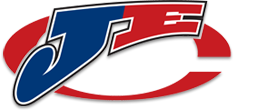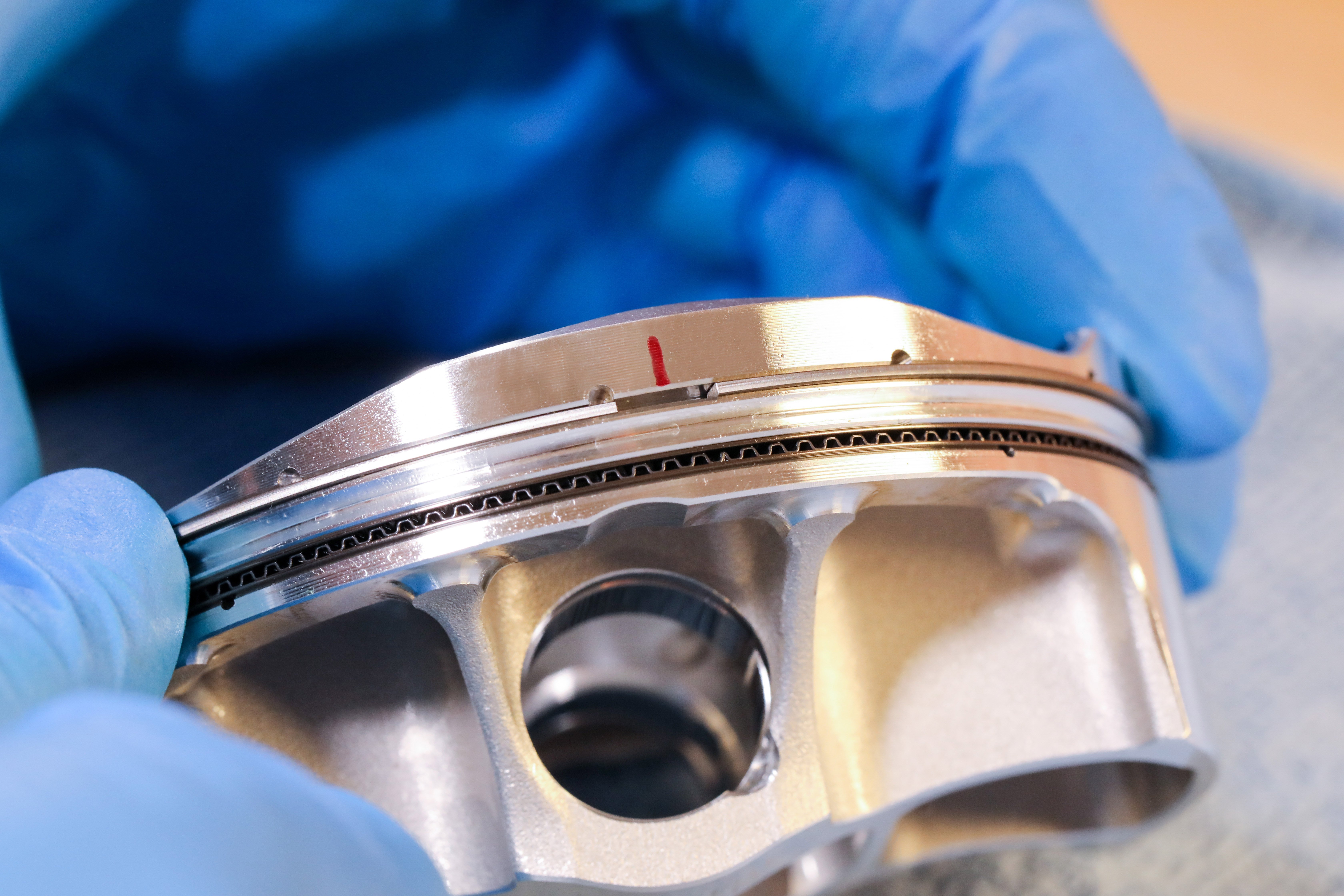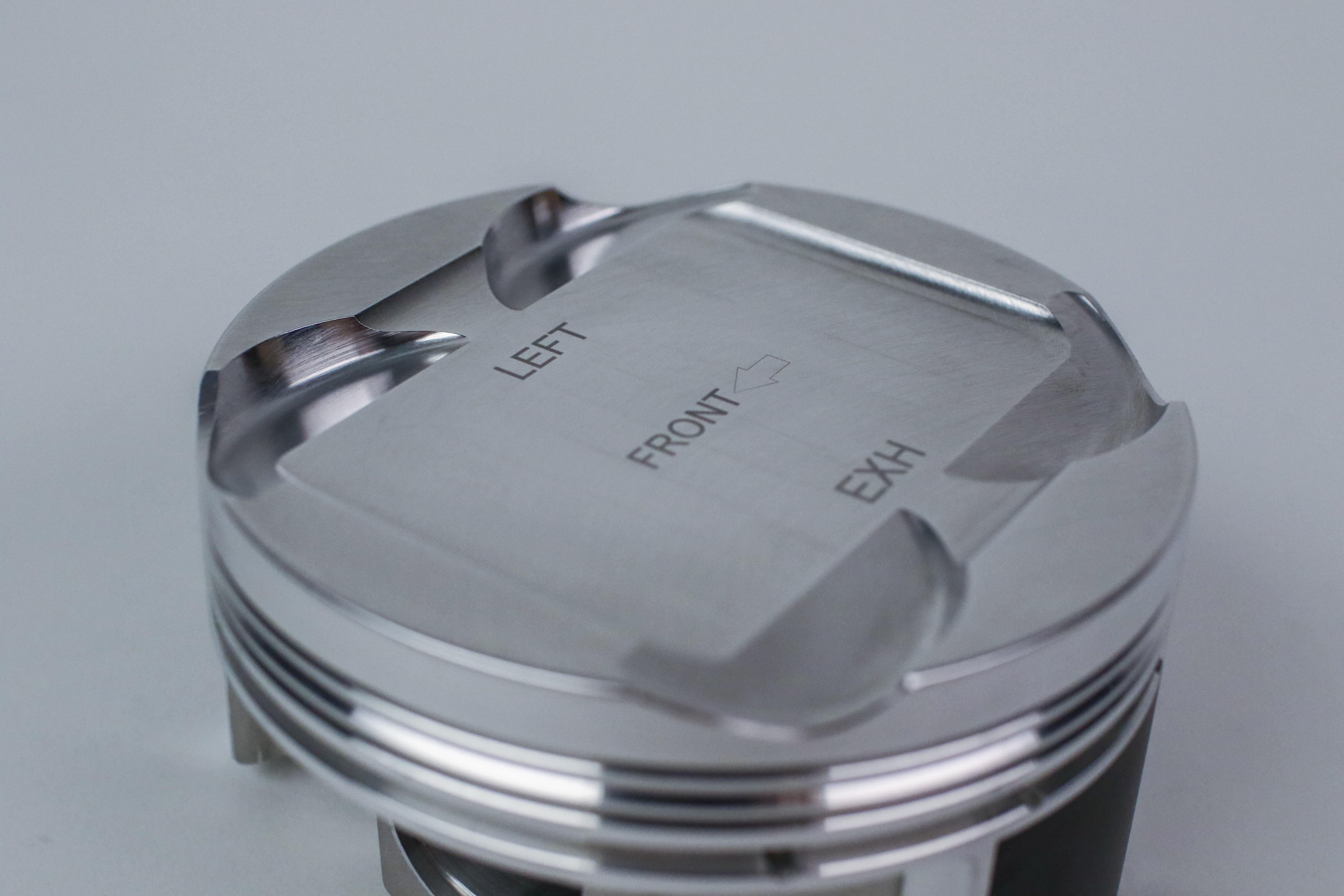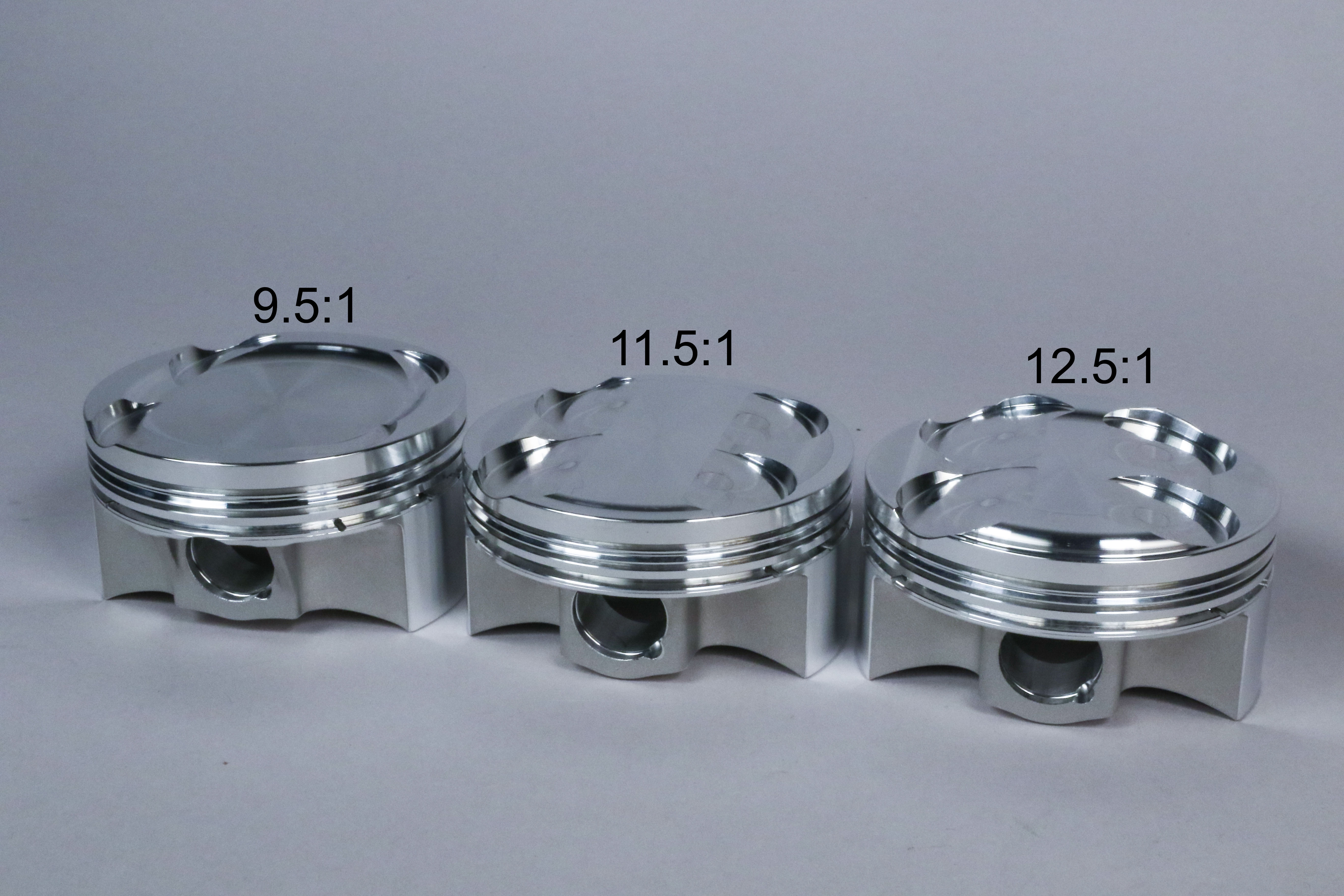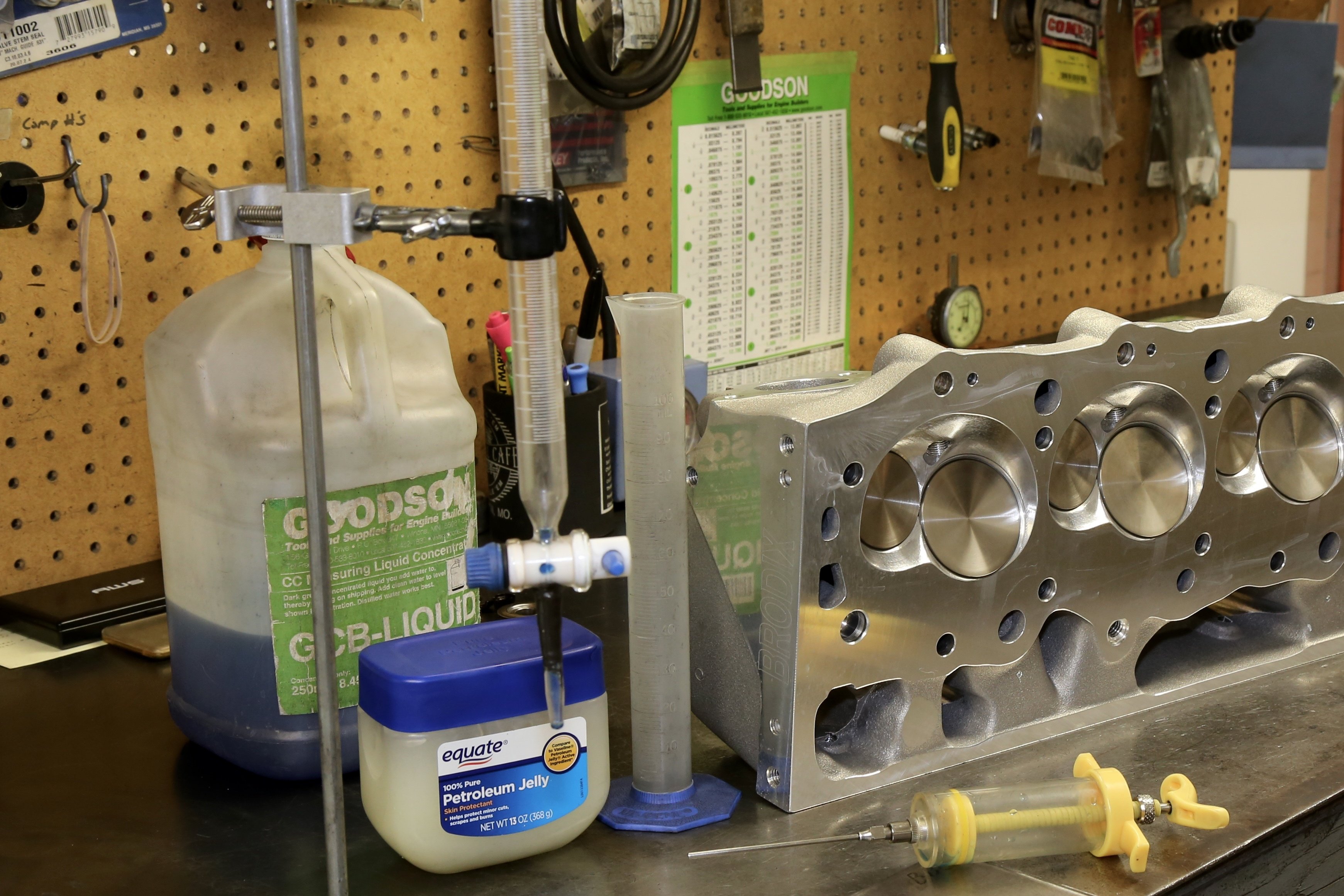We got the chance to talk to Joe Jones about his career in sidecar flat track racing. High-horsepower, two riders, and no brakes. These guys are modern-day gladiators.
Imagine talking your best friend into going for a drive in a 200-horsepower sports car. Now, pretend all of the paneling has been removed from the car, the brakes don’t work, a wheel fell off, and you’re pinched between another car and wall while going 90 miles an hour. Does that sound enticing to you? If you’re 14-time National Champion sidecar speedway racer, Joe Jones, it’s downright exhilarating. The Southern Californian has made a name for him by sliding a three-wheeled motorcycle around dirt tracks at breakneck speed since 2001.
Champions don’t rest on their laurels. After conquering the U.S., Jones set his sights on the World Championship title in Australia. However, it would take a capable motorcycle and tremendous amount of support achieve that goal. Fortunately, Joe Jones isn’t a quitter. He built a fire-breathing, 205 horsepower sidecar speedway engine. He talked his good friend Tom Summers into going for a ride with him in search of glory. Read on to find out more about Jones, the gladiatorial sport of sidecar speedway, traveling around the world, and the methanol-powered 1000cc engine he built.
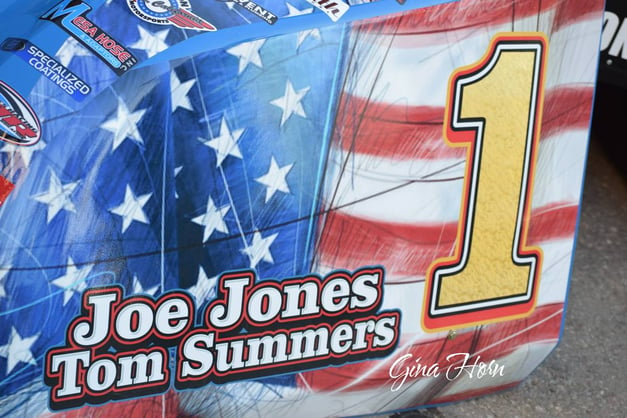
Joe, you have put a considerable amount of time and money into your latest project – a 2005 Suzuki GSX-R1000. What’s the purpose of the build?
Jones: The goal is to chase down the World Championship. Thanks to the help from my team we finished the engine in time to go race against the best global sidecar speedway racers at the World Championship in Australia. We’re going into their country, and those guys are the fastest flat-track sidecar racers in the world for numerous years now. We have all the right people supporting our efforts, so I’m excited to get over there and race.
What modifications were made to the Suzuki GSX-R1000 for speedway racing?
Jones: We made quite a few changes to the GSX-R1000 engine, like taking the fuel injection system off of it and installing a flat slide carburetor. The engine runs on methanol, so we have a little bit of power going [laughter]. Teddy Boyko, from Boyko Racing, did all of our cylinder head work to get the cylinder as much flow as we could. We used a JE Pistons 13.8:1 compression piston on a stock bore in a Nikasil-plated cylinder. The reason for the stock bore is because of the cubic centimeter limits we have to abide by in the racing rulebook. We can only go to 1040cc anyway, so we kept the GSX-R engine at 998cc.
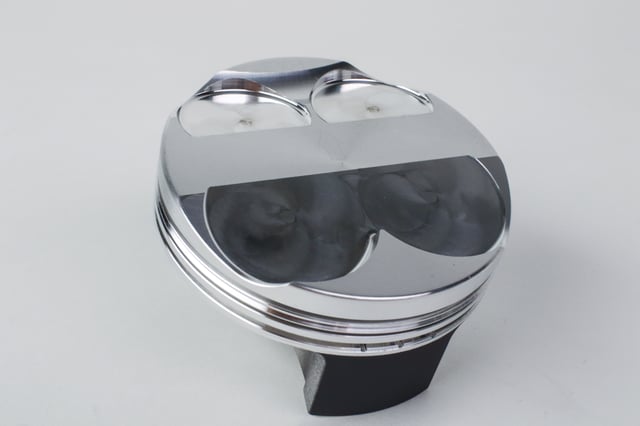
Why the decision to replace fuel injection with a traditional style of fuel delivery in a carburetor?
Jones: We had been using fuel injection since 2004. What we’ve realized with fuel injection is that it works so well that we get too much tire spin too quickly. This is the first time that we’re going back to the carburetor. Our overall output number should be right around 205 horsepower, but the engine had to be shipped over to Australia before we could get it on the dyno. After we fly over we’re going to put the engine in the chassis and head straight to the racetrack.
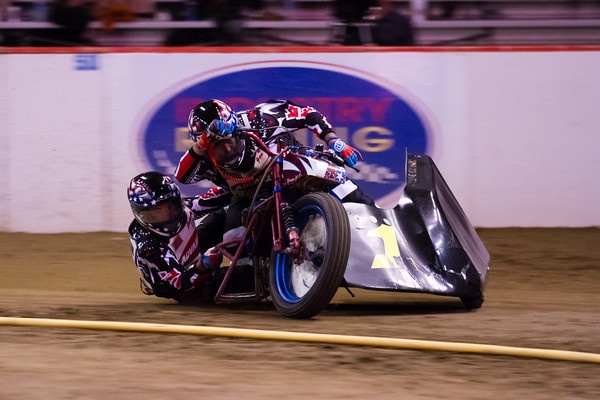
There are a variety of Japanese engines used by sidecar speedway racers. Why did you choose the Suzuki GSX-R1000 instead of the Yamaha FZR1000 or Honda CBR1000RR?
Jones: I’m really familiar with all of the engines that you mentioned. The Yamaha FZR1000 won a lot of titles around the world, from here in the U.S. to Australia, New Zealand and the United Kingdom. In the last four to five years a lot of teams have found benefits in having their cylinders Nikasil plated. That way the cylinders can handle the high rpm needed for speedway. We were able to get more torque by adding the carburetor. The thing is that we had a huge horsepower motor, but we were missing the torque. Add in methanol and it’s a sweet package.
Sidecar speedway racing has deep roots in Australia. How does the popularity of the sport in the U.S. compare to Down Under?
Jones: We have a number of speedway tracks in the U.S., but it’s huge in Australia. The racing is televised on SPEED Channel. The Aussies love Americans and American products, which is great to see. Speedway is more like NASCAR in Australia. They’re spending around $30,000 on an engine build, and have several bikes with identical matching parts. It’s a big deal. The spectators support the series very well in Australia.

It would appear that the horsepower and torque would wreak havoc on the sidecar chassis, not to mention the fact that you have a passenger. What kind of chassis do you use?
Jones: It’s a fully custom chassis that Mitch helped us with. They’re based in Australia and wanted to help U.S. racers get up to the pace of their home country’s riders. For that reason, they gave us a chassis three years ago that had the dimensions we needed. We built a chassis to Mitch’s exact specifications here in the U.S.
You’re dealing with serious horsepower numbers. That has to put considerable stress on the piston.
Jones: It does, but we run JE Pistons, so I don’t worry. They’re the best pistons that I’ve ever used. Their technology is unreal, and we run their forged pistons. I’ve never had an engine failure due to a piston. Their R&D department is the best in the world. They don’t beat around the bush, either. They tell me what’s going on and give me the best product they can.
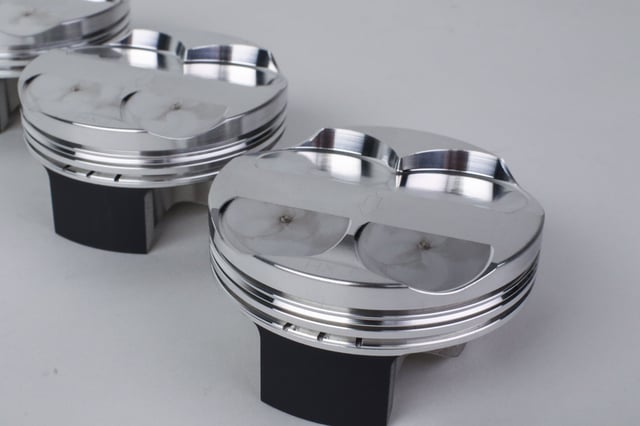
Find JE Pistons for your machine.
How often do you rebuild the race engine?
Jones: We generally don’t go more than ten races without pulling the engine apart. In those ten races, where you do five heat races that are only one minute apiece, you’re looking at an hour of run time before the engine gets torn down.
It sounds like a massive undertaking to travel halfway around the world, not to mention having to ship your race bike across the pond.
Jones: The amount of money it takes to race the World Championship is ridiculous. To be honest, I’ve never focused on making money racing. The support that we get from family, friends and sponsors is overwhelming. I actually get a bit emotional talking about it, because without them I wouldn’t be able to compete. I’ve been fortunate to do some pretty amazing things in my life. I work hard every day during the week so that I can get to the racetrack on the weekend. I’m a normal guy raising a two-year-old. I have my wife supporting me. Tom, my passenger, and his wife are competitors here in the U.S. We have two other people on the team. Bryan Motis is the driver on the #2 bike. He’s a T7 paraplegic and has been in a wheelchair for 29 years. Johnny Bach is his head passenger. We couldn’t do this without the support.
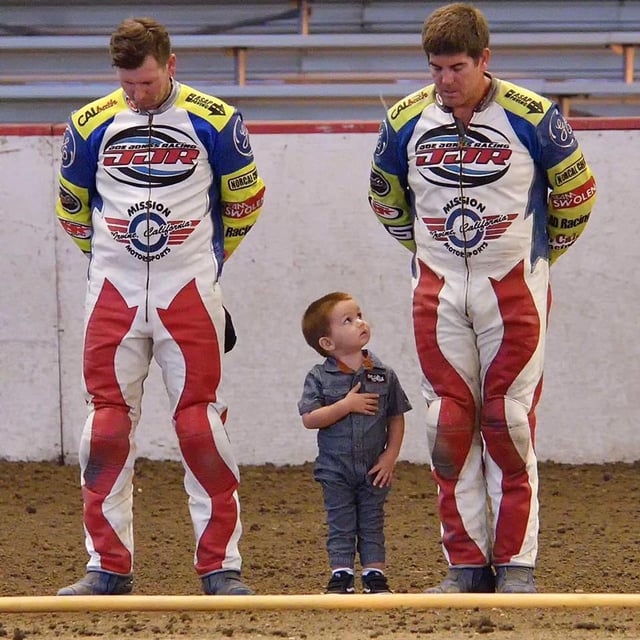
Explain the sensation of wielding a 200-plus horsepower, three-wheeled motorcycle that doesn’t have any brakes or a roll cage?
Jones: I always say it’s like dancing with an 80-year-old lady. Everything is okay as long as you’re doing the right thing, but as soon as you step on her foot she’s going to slap you around [laughter]. There’s so much horsepower in such a lightweight machine. People say that speedway sidecar racing is a full-on gladiator sport. You have a passenger who’s trying to hold on to a machine that’s screaming 14,000 rpm right at your earlobe. As a driver, I’m twisting the throttle and trying to make sure that we make it around the next corner.
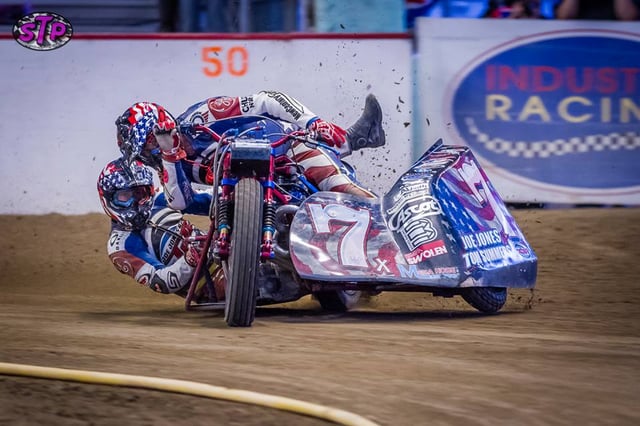
Where did your interest in speedway stem from?
Jones: My father was a track photographer. I grew up at racetracks. I sold program books at Ascot Speedway when I was a kid. My brothers started racing Speedway, and they teamed up on the sidecar. I was their mechanic. After a while I decided that I didn’t want to turn wrenches, because I wanted to turn the throttle. One thing led to another and here we are years later, going racing overseas [laughter].
How important is the relationship between the driver and the passenger in sidecar speedway racing?
Jones: It’s crucial to have a good relationship with your passenger. My passenger, Tom Summers, and I have to be spot on. He and I have a great time laughing and joking around. If you don’t have a good relationship with your passenger, even if you have the best equipment, you’re not going to go very far. It’s a complete team effort to get a sidecar around the track. The passenger’s job is just as important as the driver’s job. They’re making the car turn and putting it in the right spot. They can also upset the bike, as well. Things aren’t going to go right if there’s any tension between the driver and passenger.
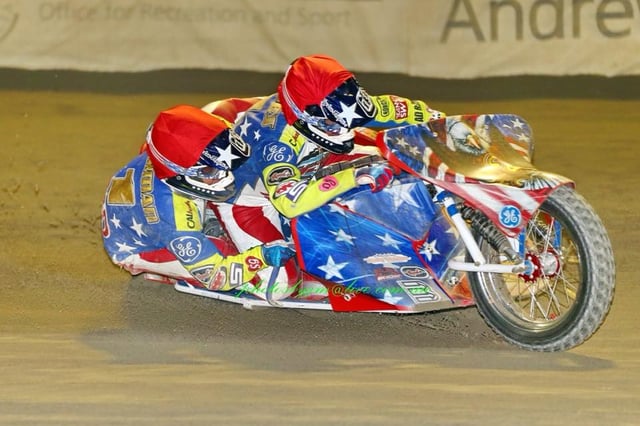
What are your expectations for the World Championship?
Jones: We’re racing the best guys in the world. Our struggle in the U.S. is that we were the last racers to get on a modern sidecar chassis. We’ve always been the underdogs. For us, it’s all about getting laps on their tracks. It would be hard for the Aussies to race at Costa Mesa in California the first time, because we’ve been turning laps there for over 15 years. Fortunately, we’re heading to Australia a week and a half early to get practice laps in. That will hopefully be a factor in our performance this year. We’re doing a few different championships over the course of 3-1/2 weeks.
